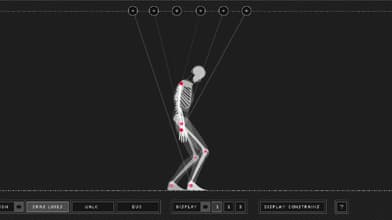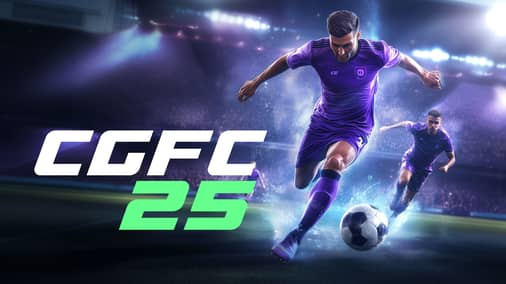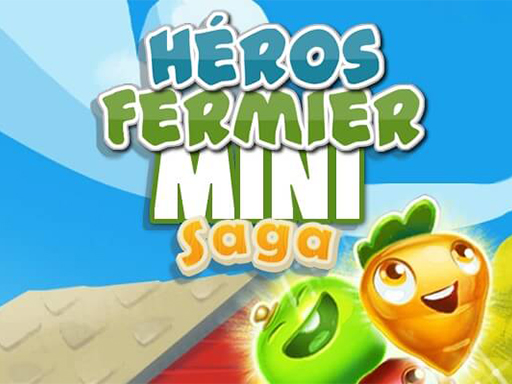Jumping games pack a burst of energy into every play session. One second you're bouncing across a neon skyline, and the next you're barely grazing a moving saw blade. That mix of speed, timing, and plain goofiness hooks players almost every time they hit Start. Titles like Jamjam or Weapons and Ragdolls lean on big, flashy jumps, and each of those leaps feels like a tiny victory.
Simple Rules, Major Rush
Jumping games look easy at first- just steer, jump, dodge- and yet they punch way above their weight. Control pads thump loudly against the living-room carpet whenever a missed timing sends a character zipping into space. That split-second decision-making comes as a shot of adrenaline, even late at night when the room is mostly quiet. Jamjam illustrates the idea well: bright, wobbly platforms invite bold moves, then sneer when players miscalculate the distance. The one-button routine stays friendly enough for beginners, but the game keeps its brutal score-keeping secrets close to its chest.
Weapons and Ragdolls shake up the usual jumping routine by throwing wild physics into a free-for-all brawl. You hop over spinning blades, swing a sword, and pray the gravity engine is on your side. Casual gamers land alongside veterans, and everyone ends up laughing-or groaning-at the same chaotic moment.
The Evolution of Jumping Games
Back in the day, a jumping game meant nothing more than a pixelated plumber leaping between gaps. Times have changed, and now the screens pop with bright art and surprises that flip the player's world upside down.
Jamjam is a perfect example; its candy-colored stages dare you to leap just as platforms shimmy out of reach. Each restart feels fair, and that tiny bit of confidence is why you keep mashing the space bar even at 2 a.m.
Weapons and Ragdolls push the leap even further by treating characters like floppy action figures mid-swing. One jump could win the round or send you flailing off a ledge, and the choice is entirely yours. Jumping games clearly refuse to grow old; they simply tack on new ideas while keeping the thrill of an early-morning speed run intact.
What Makes a Great Jumping Game?
Any jumping game worth your time has to feel precise the moment you press the button. Controls that stick or lag can ruin a twenty-foot leap in seconds. Jamjam nails that instant response and dresses each level in traps, springs, and moving platforms that tease your timing without being cruel. One run will warn you about a swinging blade; the next, the blade spikes your jump, and you laugh instead of rage. The surprise becomes part of the fun.
Replay value shows up when developers ditch the predictable pattern. Weapons and Ragdolls throw in wacky physics, spinning cannons, and rifles that bend gravity in mid-air. Because every session lands differently, players stick around to record faster times or to see how that one lottery-shot rocket can clear half the map. A game that keeps you coming back for experimentation, for challenge, or just to show off is exactly what the jumping genre needs.
Community energy turns a single-player high-score chase into a neighbourhood block party. Speedrunners on forum threads swap minute-precise shortcuts for Jamjam, turning seven-hour attempts into runs that last less than half an hour. Meanwhile, people arguing about whether a ragdoll triple-shot can carry a safe to the finish line in Weapons and Ragdolls become friends by the end of the thread. Those shared victories mean the games last far longer than the original release date.
Jumping games have a welcoming vibe, so indie devs don't hesitate to whip up something wild. Every fresh release adds a splash of colour to the platform scene and stops the genre from feeling stale.
The Future of Jumping Games
Tech keeps sprinting ahead, and that bodes well for anyone who loves a good leap. Virtual reality headsets and slicker physics engines are already flirting with the idea of next-level bounces. Jamjam trades the usual bricks for candy-bright platforms, while Weapons and Ragdolls toss in goofy physics battles that look like a playground free-for-all. Both show how old-school hopping can snag modern flair and still feel fresh.
Conclusion
A hopping motion that echoes the way we walk has somehow turned into a worldwide gaming party, and the invites keep rolling out. Whether you're landing grueling triple jumps or just goofing around with friends, the thrill rings true every time. Communities swarm around high-score showdowns, fan art, and speed-run records. So snag a controller, eyeball the next ledge, and start your arc—the world of jumping games is already waiting, and it talks in springs and boosters.






